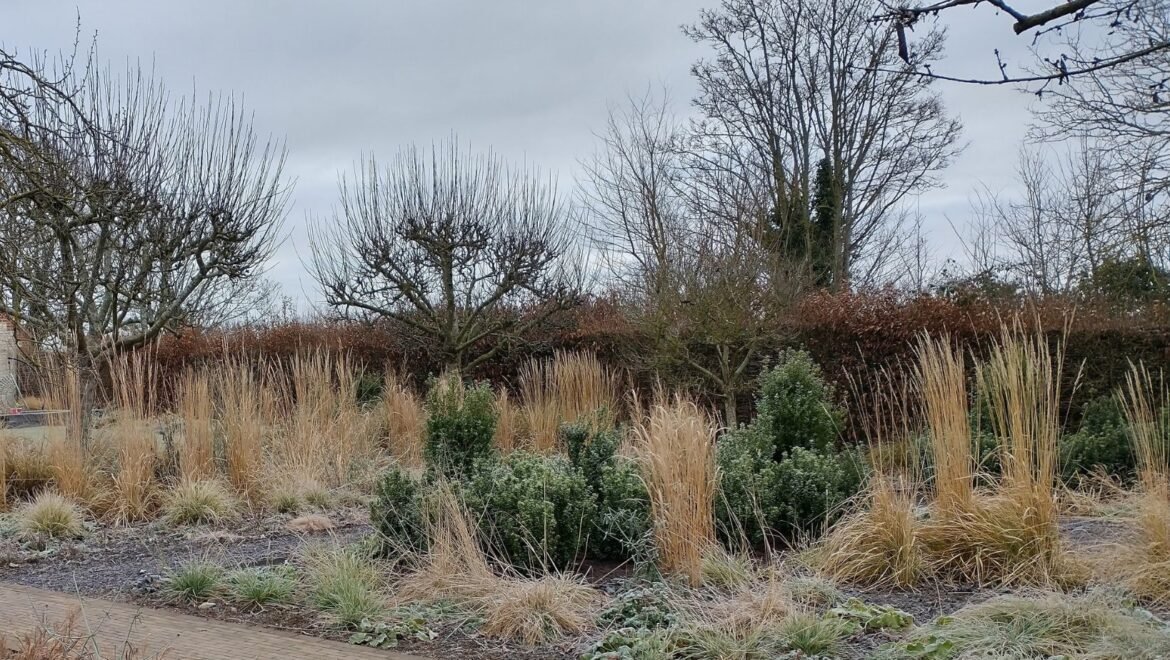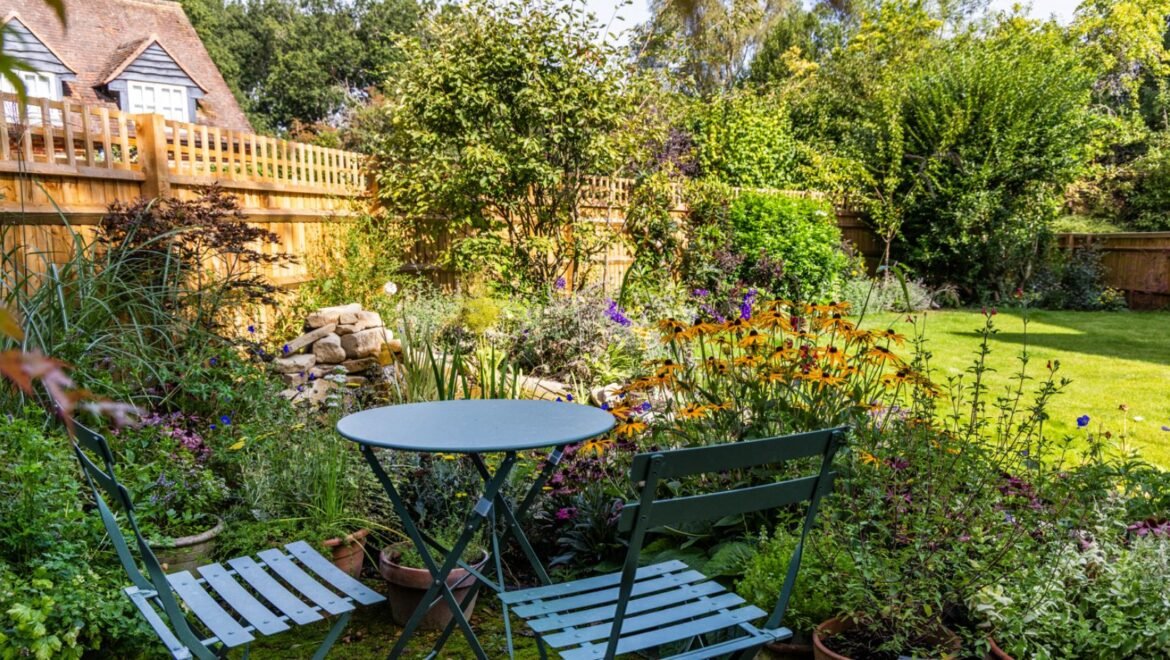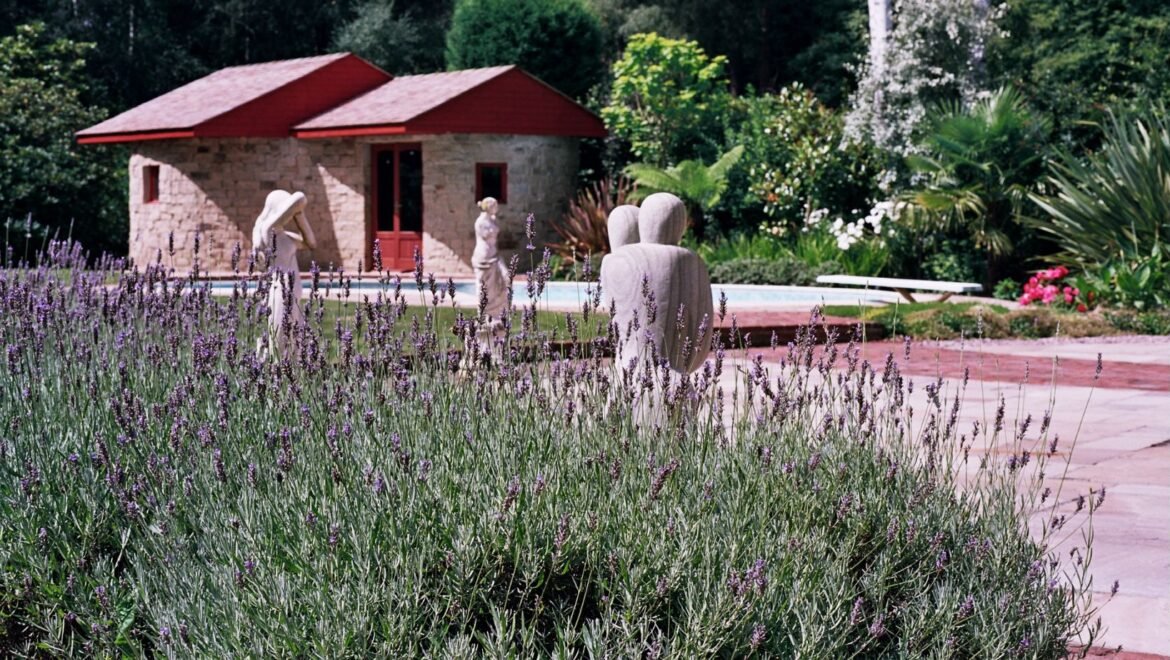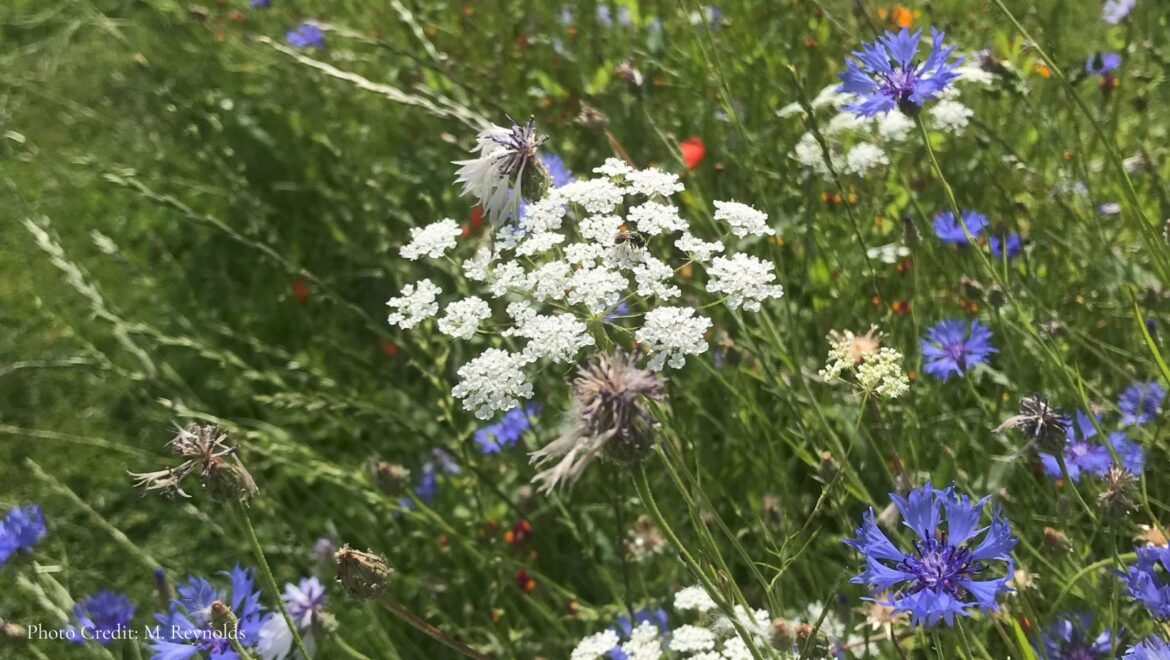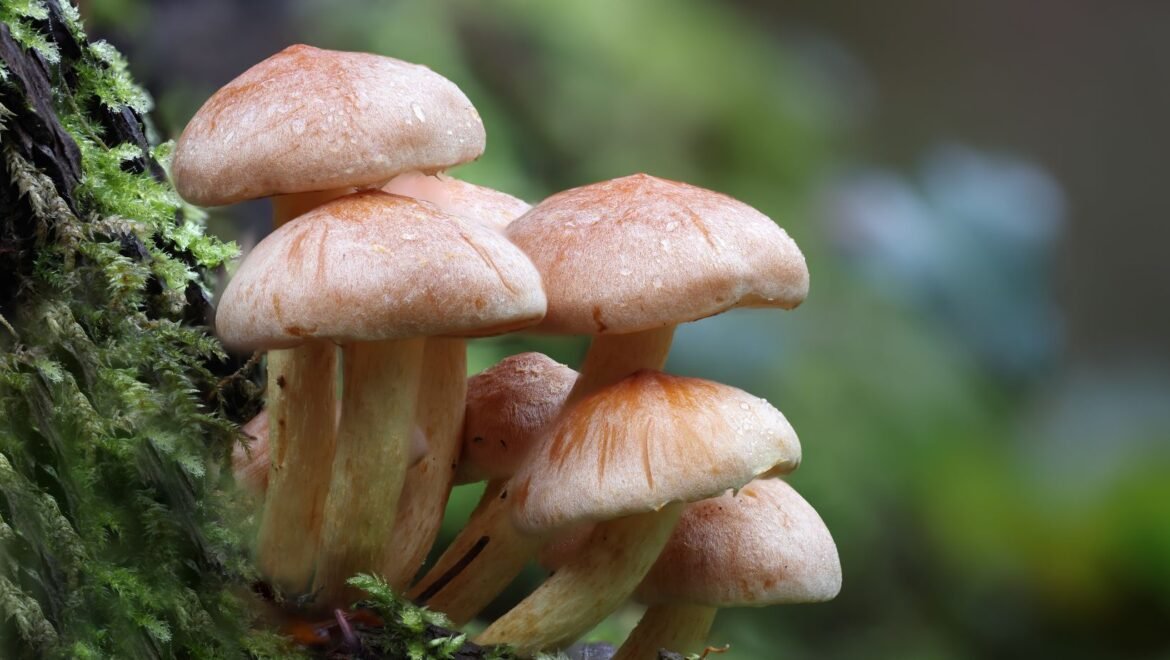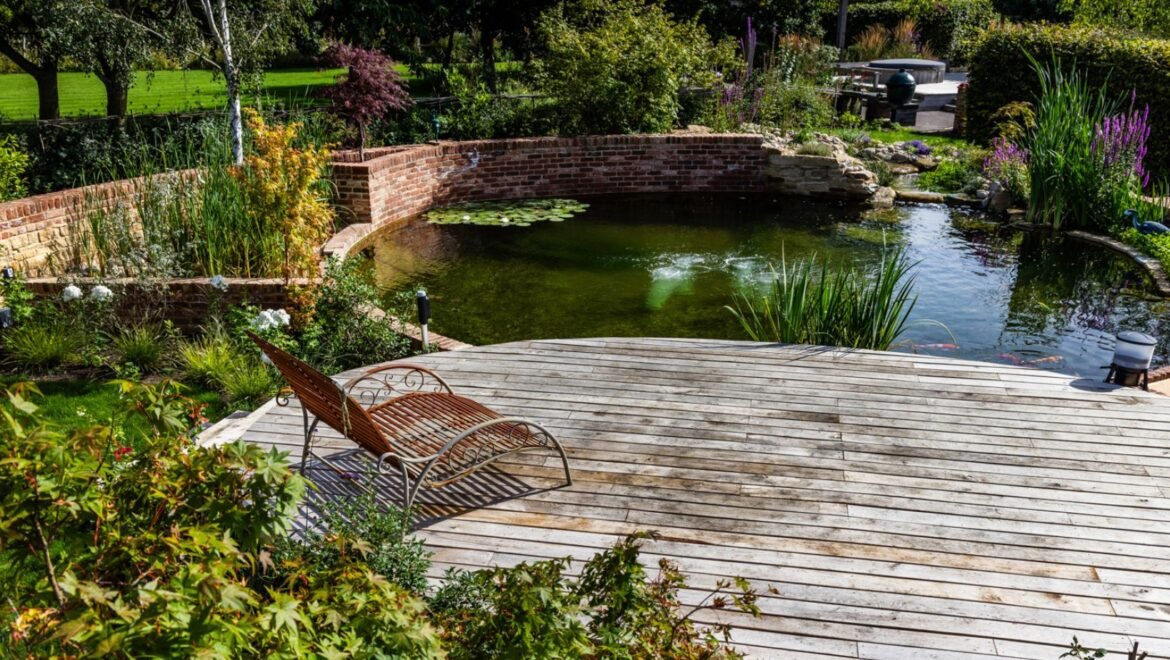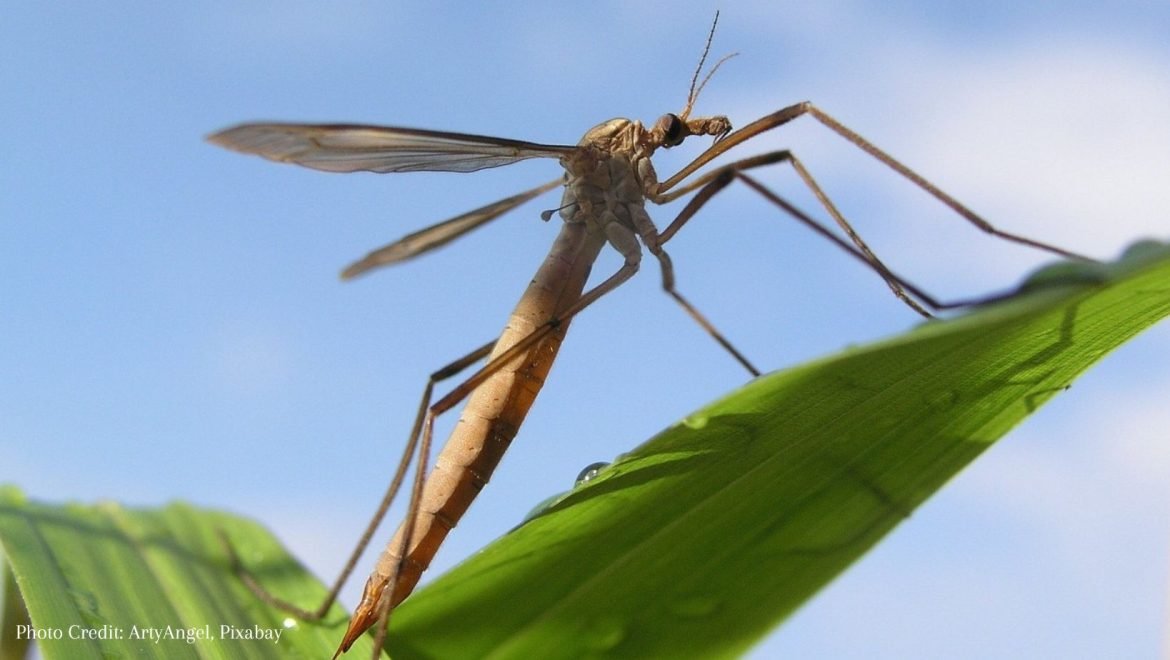The Secret Season: 5 Winter Care Jobs Your Garden Will Thank You For
Winter Gardening
Many think winter is the time to “put the garden to bed.” The borders are often bare, trees and shrubs have lost their leaves, the lawn slows down and it’s tempting to retreat indoors until spring. But don’t be deceived – gardens never truly sleep. Even in the quiet months, life, colour and important work are happening above and below ground. Winter is when nature restores itself and when we can step in to give it a hand. It’s the moment when we can prepare for next year’s growth and tend to traditional craft jobs that support the health of our gardens. It’s a time to create vital habitats for wildlife, setting the stage for a thriving garden in the year ahead.
Here are some of the winter jobs you could be thinking about, whether you’re keen to keep your garden looking its best, want to increase biodiversity, or simply enjoy the satisfaction of good seasonal work.
Continue reading…
